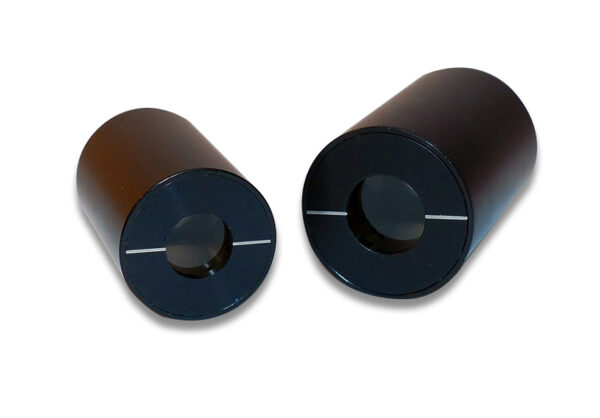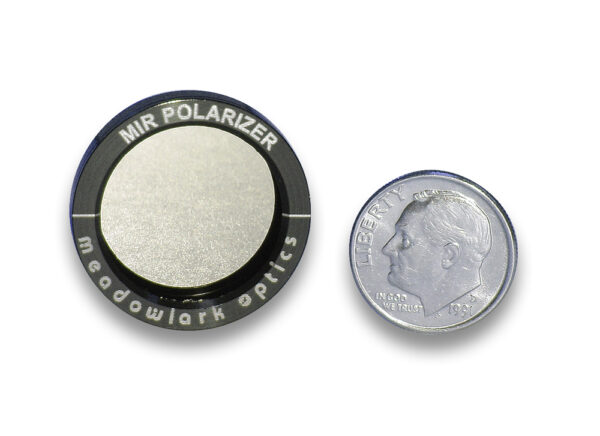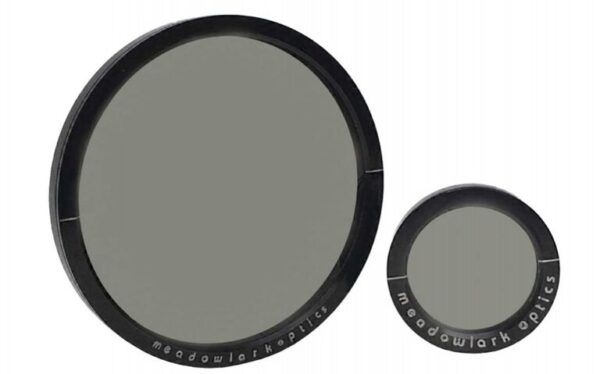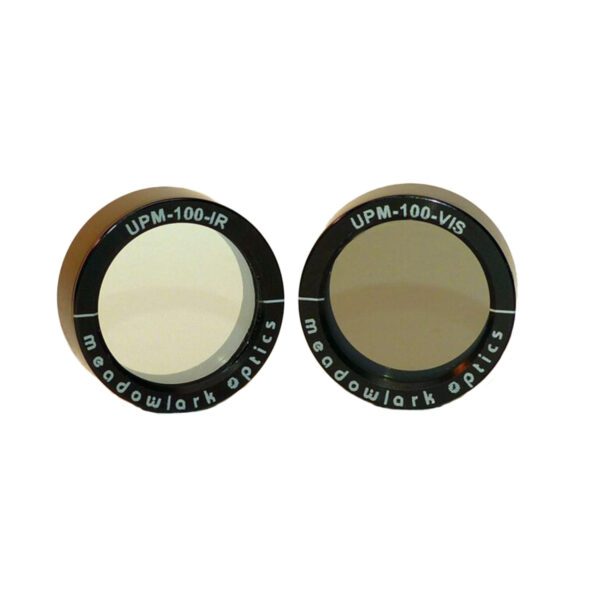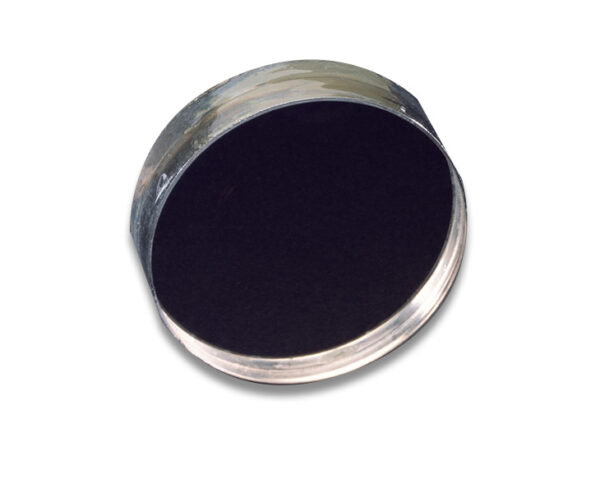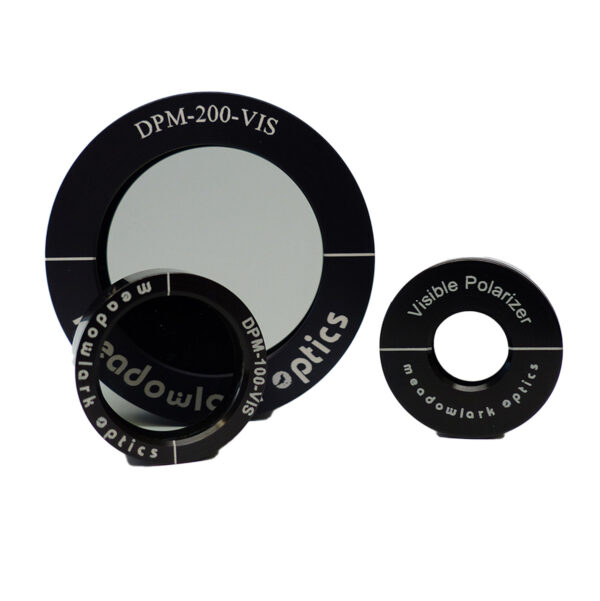Polarizers
Polarizers are optical components that specifically manipulate the direction of oscillation of light waves, also known as polarization. Light, as a transverse electromagnetic wave, oscillates in all directions perpendicular to its direction of propagation. A polarizer acts as a filter that only allows light waves of a certain direction of oscillation to pass through and blocks others. This selective process is based on various physical mechanisms, including absorption, reflection, refraction and scattering.

Polarizer by Meadowlark
Application in industry
The areas of application extend across numerous industries and disciplines, from industrial quality control to research with high-precision scientific instruments. For example, Polarizers In LCD technology, the targeted control of the light transmission of individual pixels, which makes the display of images and information possible. In photography, Polarizers to reduce annoying reflections and improve the contrast in photographs. In addition, Polarizers in microscopy, the investigation of anisotropic materials whose optical properties depend on the polarization direction of the light. Another important field of application is laser technology, where Polarizers to precisely control the polarization of laser beams, which is particularly important for applications such as materials processing and optical communications.
The function of a polarizer depends on its type:
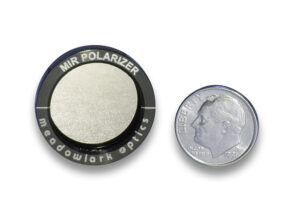
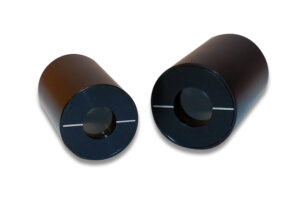
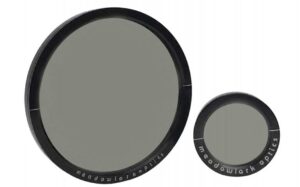

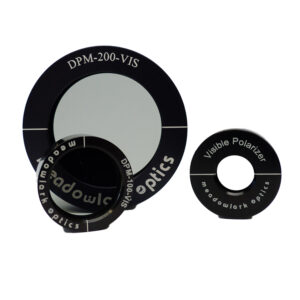
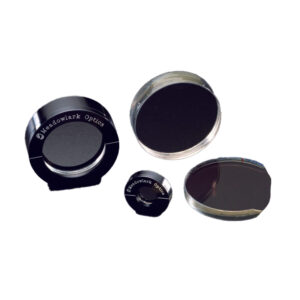
types of Polarizers
DCPs consist of a combination of linear Polarizers and birefringent materials. They use the effect of circular birefringence, in which left and right circularly polarized light are refracted to different degrees. By cleverly arranging the components, one circular polarization component is filtered out while the other is allowed to pass through.
These consist of two birefringent prisms that are connected to each other in such a way that they reflect a certain polarization state and transmit the other. They are characterized by a high extinction rate and good handling of high laser powers.
Linear high contrast Polarizers:
These use the absorption of light waves of a specific polarization direction by dichroic materials. They offer high contrast and a high extinction ratio, making them ideal for applications where precise separation of polarization states is required.
These use the absorption of light waves by dichroic materials. However, they are optimized for particularly precise control of linear polarization and high transmission.
These are specially designed for use in the mid-infrared range (MWIR). They use the properties of materials that are birefringent in the MWIR range to manipulate the polarization of infrared radiation.
These consist of a combination of different Polarizers, each optimized for different wavelength ranges. This enables them to achieve uniform polarization performance across a wide spectral range.
Conclusion
The choice of the right polarizer depends on the specific application. Therefore, factors such as wavelength range, extinction ratio, contrast, transmission and handling of high laser powers play an important role. Soliton offers a wide range of high-quality Polarizers from Meadowlark, tailored to the individual requirements of different applications.

